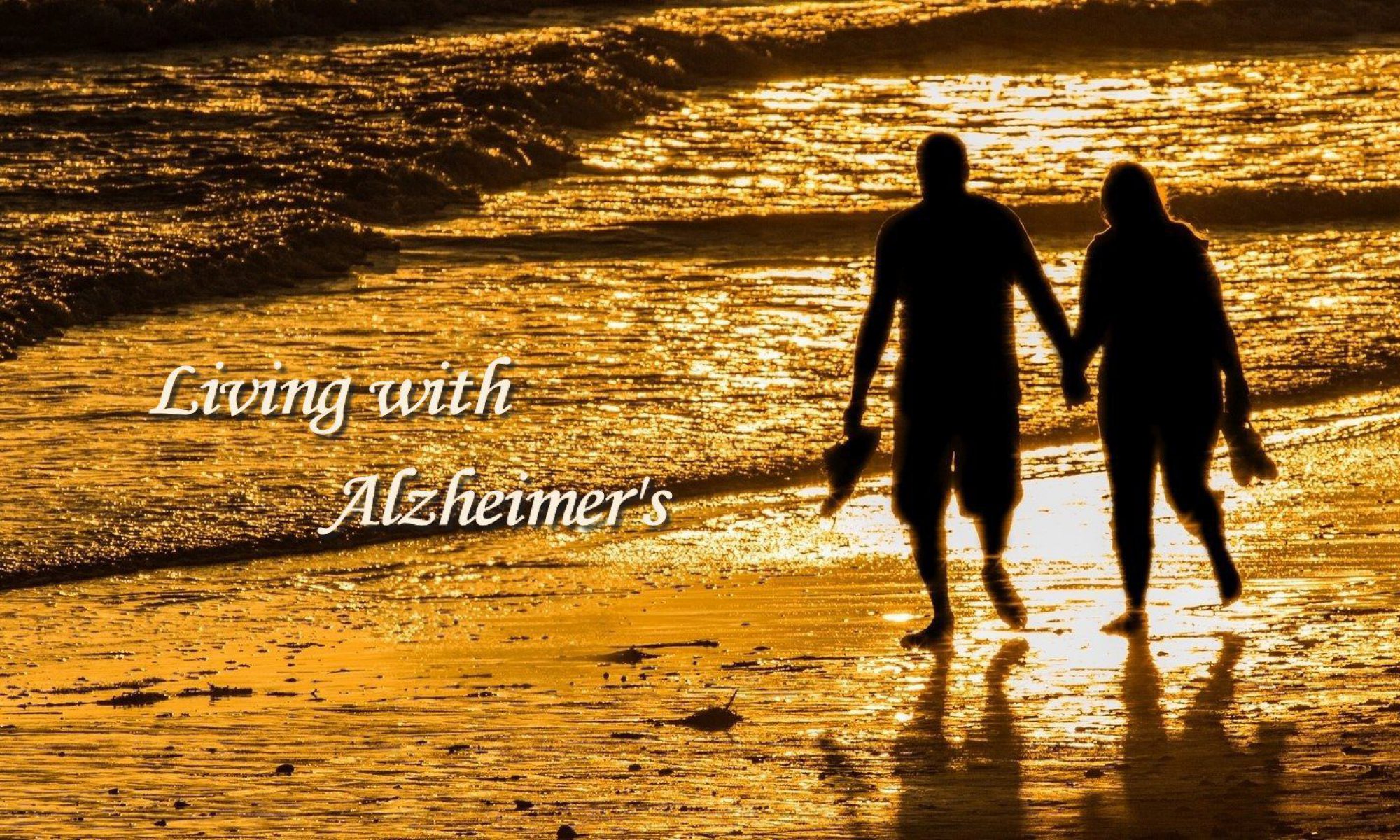Three months ago, I reported that Kate had improved during the previous few months. The improvement was not with her Alzheimer’s. She was simply more at ease than she had been. She was awake more. She smiled more, She talked more and responded more frequently to residents and staff. At the time, I suggested that one reason for the change was that she has recovered from the stroke she had in February. I also indicated my belief that she was adapting to the new routine we have established here in our retirement community as well as the attention she receives from residents and staff. A month later, I said she had continued to get along well and wondered how long this would last.
It has now been a year and a year and seven months since our move and nine months since her stroke. I am happy to say that the bubble has not burst. She still requires total care with all of her daily activities; nevertheless, we still enjoy life and each other.
Kate has continued to improve. She is awake more. She has been waking up earlier in the morning, sometimes before 7:00 a.m. She usually goes back to sleep a little while later, but on a few occasions has remained awake all day. She is also less likely to go to sleep shortly after the caregiver leaves at 7:00 each night. The result of these changes is that we have more time together.
When she sleeps until the caregiver arrives at 11:00, I spend my time in the kitchen, living room, or office. When she awakes early, she is still slow to be ready for conversation, but I often get my laptop and sit up in bed beside her. As you would expect, I also accompany that with music we both enjoy. Very little talking occurs. Kate rarely says anything until after noon, but each of us knows the other is right there. We take pleasure in being together.
Our evenings remain the best part of our day. Kate is usually awake another hour or two before she goes to sleep. For several months after her stroke, she was asleep from the time we put her in bed until 11:00 or later the next morning. Sometimes she is talkative. Often she is not. In either case, she seems very much at ease. Relaxing music is also an important part of our time together.
Coincidentally, she was quite talkative last night. We talked for over an hour. As usual, her aphasia greatly affected our conversation. I can’t understand most of what she says although I can sense when she asks a question or other things she tries to communicate. Last night she spoke some words very clearly. She also expresses humor. She did that last night. She would say something and then burst out in laughter. I laughed with her and served as the facilitator to keep the conversation going.
This morning she was awake before 7:00. Not only that, she was talkative. After a while, she relaxed but never went back to sleep. I finished the rest of this post while sitting up in bed beside her. We watched and listened to Khatia Buniatishvili play Rachmaninoff’s Piano Concerto No. 2 until the caregiver arrived.
It is still impossible to predict how she will be in a particular situation. That seems to be governed by her Alzheimer’s. It’s like a little switch that clicks on and off when you least expect it. The residents and staff seem to accept this pattern with understanding. They are excited when Kate responds with a smile or an audible reply to what they have said, and they accept when she does not do either. In that respect, they are just like me.
I no longer wonder how long this good period will last. I simply enjoy the Happy Moments when they come. I have a sense the good times may continue a while longer along, but I realize that changes can occur at any time. In the meantime, life is good.






